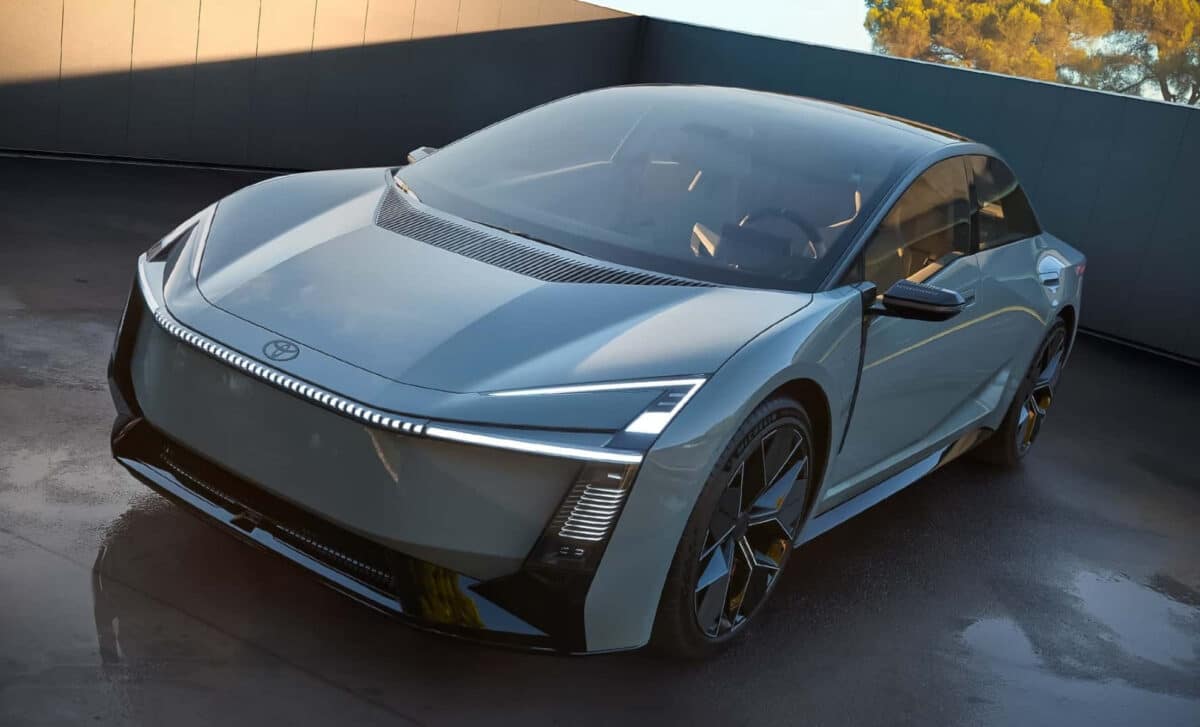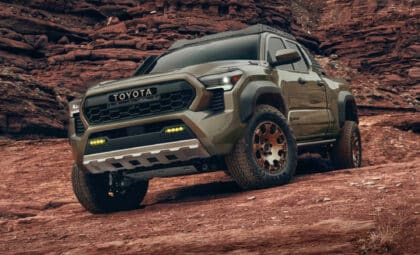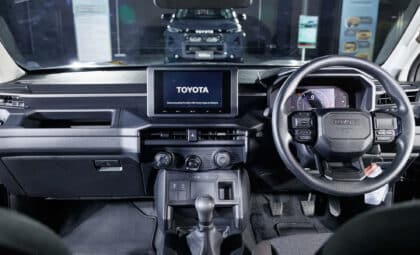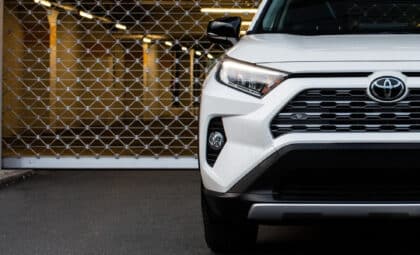With demand still outpacing supply, the Japanese automaker appears confident that longer life cycles won’t push customers away.
This change would give Toyota the breathing room to focus more heavily on software and electrification, two growing priorities as the industry rapidly evolves. As reported by Nikkei Asia, the shift to a nine-year life cycle is expected to affect core models like the RAV4 and Corolla.
The brand has already been stretching its timelines. Historically averaging around five years, Toyota moved to seven-year cycles in the 2000s. The new nine-year standard would place it among the longest in the industry.
Yet the move isn’t just about slowing things down—it’s about rebalancing resources at a time when hybrid and electric technologies require constant software refinement and over-the-air updates. Toyota seems to believe customers value longevity and reliability over constant refreshes, at least for some models.
Long-Standing Models Set the Tone for Longer Life Cycles
Some of Toyota’s most popular models have already demonstrated staying power. The current Corolla, for example, has been on the market since 2018, and its next generation is not expected until at least 2026. Similarly, the outgoing RAV4 ran for seven years before its most recent redesign.
Even more striking examples underline Toyota’s patience: the last-generation 4Runner remained in production for 15 years, and the Land Cruiser 70 Series has been on the market for 41 years. While those cases reflect specific market strategies, they show that Toyota has long tested the limits of product longevity.
According to Motor1, these examples are informing the new nine-year standard, particularly for global bestsellers. Region-specific models will continue to follow strategies tailored to local conditions.

A Shift Driven by Electrification and Software
By keeping vehicles in production longer, Toyota can channel more resources into areas like over-the-air updates and hybrid platform upgrades. Electrification is central to this new strategy, as it allows for continuous product improvement without the need for a full redesign every few years.
Kenta Kon, Toyota’s Chief Financial Officer, highlighted earlier this month that “strong demand for our products” remains consistent and that the company “can barely cover the demand.” This level of sustained interest gives Toyota room to maneuver—and to reduce the frequency of costly redesigns.
According to Nikkei Asia, the goal is to keep wholesale prices stable over the full nine-year cycle, which helps maintain profitability for both the manufacturer and dealers. In this context, the brand sees the extended lifecycle not as a drawback, but as a way to add value and dependability over time.
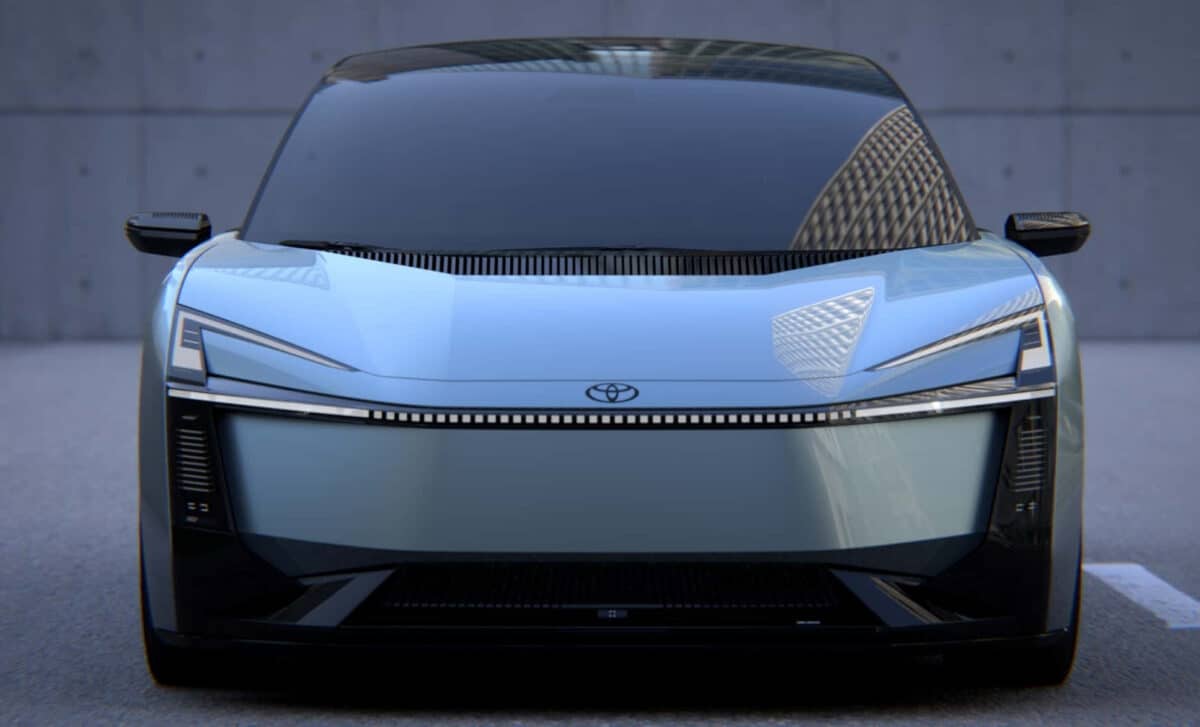
Mixed Reactions From Dealers Amid Changing Market Dynamics
Not everyone is enthusiastic about the shift. Some Japanese dealerships have raised concerns about diminishing returns, arguing that longer life cycles might lead to higher discounting to keep sales volumes steady. The worry is that as models age, they may become less attractive compared to newer offerings from competitors, requiring price cuts that eat into margins.
To address these concerns, Toyota has reportedly promised that wholesale prices will remain consistent throughout the extended product cycle. This assurance is intended to preserve dealer profits, which often depend on the difference between what they pay and what customers spend.
That said, there’s a split among customers. Some buyers want the latest model as soon as it hits the showroom, while others prefer the reliability that comes with a vehicle that’s been refined over several years. With software issues increasingly top-of-mind for buyers, Toyota seems to be betting that many will wait for a product that’s been proven over time.

